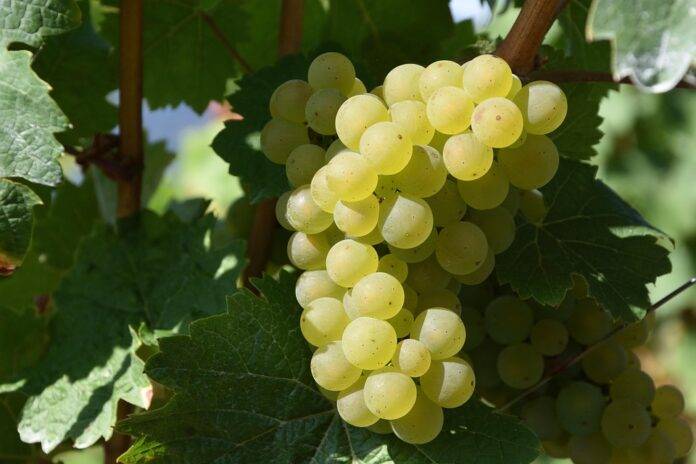Introduction
In recent years, there has been a growing trend among consumers towards regenerative wine, driven by a desire to support environmentally sustainable practices in the wine industry. This shift is being fueled by climate-conscious consumers who are increasingly concerned about the impact of traditional winemaking on the environment. In this report, we will explore why regenerative wine is gaining attention from these consumers, looking at industry trends, financial data, and examples of companies leading the way in this movement.
What is Regenerative Wine?
Regenerative wine is a holistic approach to winemaking that goes beyond organic and biodynamic practices. It focuses on improving the health of the soil, biodiversity, and overall ecosystem of the vineyard. This includes practices such as cover cropping, minimal tillage, composting, and the use of natural fertilizers. By prioritizing soil health, regenerative winemakers aim to sequester carbon, reduce water usage, and promote biodiversity on their vineyards.
Industry Trends
The wine industry has been slow to adopt regenerative practices, but there is a growing interest among consumers and producers alike. According to a report by Grand View Research, the global organic wine market is expected to reach $13.1 billion by 2027, with a compound annual growth rate of 9.5%. This growth is driven in part by consumers seeking out wines that are not only organic but also produced using regenerative practices.
Financial Data
Financially, regenerative wine can be a sound investment for wineries. While the initial costs of transitioning to regenerative practices can be high, the long-term benefits are significant. For example, regenerative vineyards are often more resilient to climate change, reducing the risk of crop loss due to extreme weather events. Additionally, regenerative practices can lead to higher-quality grapes, resulting in premium wines that command higher prices in the market.
Why Consumers are Interested
Climate-conscious consumers are increasingly looking for ways to reduce their carbon footprint and support sustainable practices. Regenerative wine offers them a way to do this while enjoying a product they love. By choosing regenerative wines, consumers can feel good about supporting wineries that are actively working to combat climate change and protect the environment for future generations.
Examples of Companies Embracing Regenerative Wine
Several wineries around the world are leading the way in regenerative winemaking. One such example is Fetzer Vineyards in California, which has implemented regenerative practices across its vineyards. By focusing on soil health and biodiversity, Fetzer Vineyards has been able to reduce its water usage, sequester carbon, and produce high-quality wines that resonate with consumers.
Another example is Château Maris in France, which has been practicing regenerative agriculture for over 20 years. By using biodynamic and organic farming methods, Château Maris has been able to create a thriving ecosystem on its vineyards, resulting in wines that reflect the unique terroir of the region.
Conclusion
In conclusion, regenerative wine is gaining attention from climate-conscious consumers for its commitment to sustainability and environmental stewardship. As consumers become more aware of the impact of their purchasing decisions, they are turning to regenerative wines as a way to support wineries that are making a positive impact on the planet. With the wine industry slowly embracing regenerative practices, we can expect to see more companies following suit and more consumers choosing regenerative wines as their beverage of choice.


